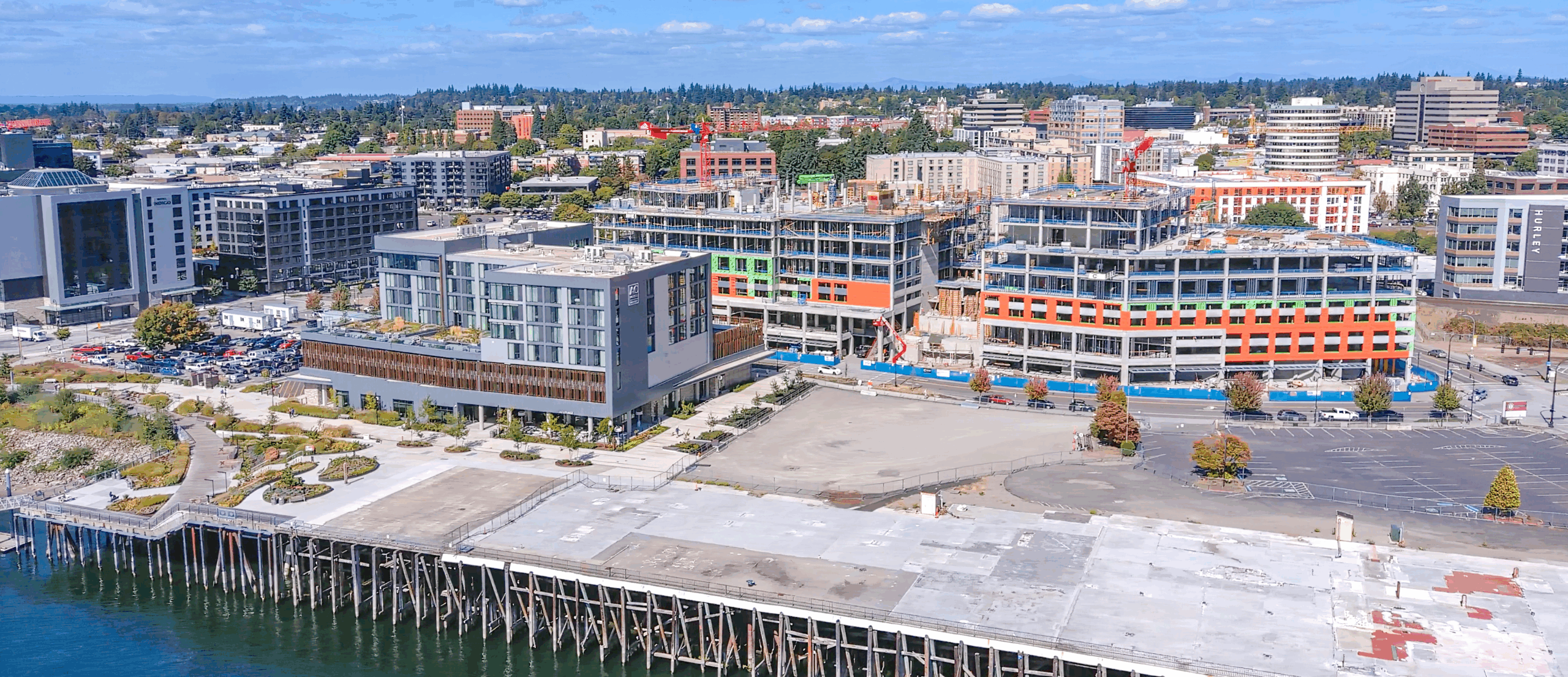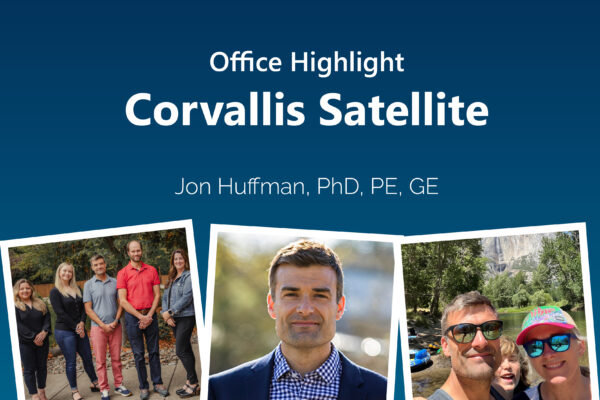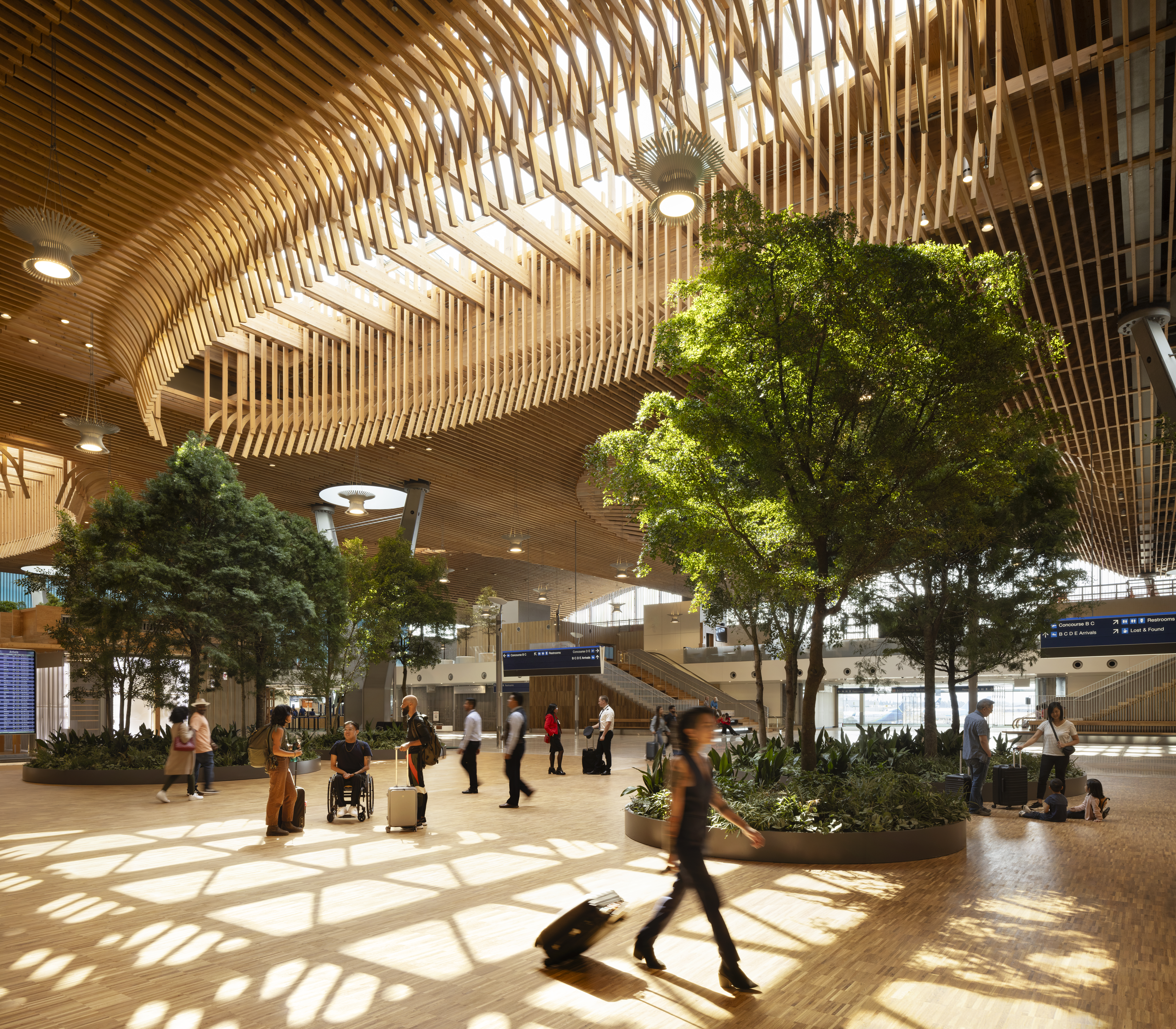
Shaking Things Up: Innovative Seismic Design by GRI
 At GRI, we provide a full range of geotechnical, pavement, and geologic services tailored to support resilient, cost-effective, and constructible project outcomes. With more than 8,000 projects delivered across the Pacific Northwest and beyond, our work is grounded in practical experience and technical rigor. Our work supports infrastructure that performs reliably—whether it’s a transportation corridor, critical facility, or community development. Among our most impactful services are those focused on seismic performance, helping clients understand and address the risks posed by earthquake-related hazards
At GRI, we provide a full range of geotechnical, pavement, and geologic services tailored to support resilient, cost-effective, and constructible project outcomes. With more than 8,000 projects delivered across the Pacific Northwest and beyond, our work is grounded in practical experience and technical rigor. Our work supports infrastructure that performs reliably—whether it’s a transportation corridor, critical facility, or community development. Among our most impactful services are those focused on seismic performance, helping clients understand and address the risks posed by earthquake-related hazards
GRI’s seismic services stand out due to our team’s ability to combine advanced seismic analysis and modeling techniques with a deep understanding of geotechnical and geological principles. Our expertise in numerical modeling, combined with decades of experience across diverse geologic settings, allows us to evaluate the complex dynamics of soil-structure interaction and simulate their response to various seismic scenarios—regionally, nationally, and internationally. This capability gives our clients the opportunity to optimize their designs, reduce risks, and save costs by making informed decisions based on detailed analyses. By leveraging our numerical modeling capabilities, clients can create more efficient designs that are better equipped to withstand seismic events, ultimately reducing the risk of costly repairs or failures.
GRI is currently providing seismic design-related services on the following highlighted projects:
Portland International Airport, South Runway Seismic Mitigation Design, Portland, Oregon: The Port of Portland selected GRI to provide geotechnical services for the Portland International Airport South Runway Seismic Mitigation project. This innovative project aimed to design and developed the nation’s first purposefully seismically resilient runway, ensuring rapid recovery and long-term revitalization of the region in the aftermath of a magnitude 9 earthquake. To achieve this goal, GRI first completed a comprehensive laboratory testing program, including monotonic and cyclic direct simple shear tests, to assess the site-specific response of soils to cyclic loading. The results of this laboratory testing were then incorporated into the site-specific calibration of FLAC, a nonlinear dynamic analysis software by Itasca. The use of FLAC with site specific model calibrations enabled GRI to accurately model the existing runway’s behavior. To account for uncertainty and variability of soil parameters across the runway, our team incorporated multiple stochastic models. Based on our understanding of the unmitigated runways dynamic performance, we evaluated multiple mitigation alternatives for their effectiveness in meeting the Federal Aviation Administrations (FAA) requirements for runway smoothness (Boeing Bump Index) and relative cost. In the end, the use of Deep Soil Mixing (DSM) with limited Jet Grout was selected as the preferred alternative. To support a precise assessment of the runway’s seismic performance, we modeled the proposed ground improvement measures in both 2D and 3D. This refined analysis enabled us to design targeted ground improvement strategies that would reduce seismically induced differential settlements along the runway, meeting the project’s performance-based resiliency standards. Through our expertise and advanced analytical techniques, we delivered a robust and resilient design that would support the region’s rapid recovery and long-term economic vitality in the face of significant seismic events.
Port of Vancouver USA, Terminal 1 Dock Reconstruction, Vancouver, Washington: GRI was engaged to conduct a seismic evaluation and design ground improvement measures for the replacement of a timber wharf structure, which will be redeveloped into a vibrant public marketplace with enhanced access to the Columbia River. Our geotechnical site investigations uncovered a complex subsurface profile, characterized by liquefiable sands and a thick layer of very soft, organic silt within a paleochannel beneath the proposed dock footprint. To mitigate the risk of significant lateral deformations, we performed a site-specific seismic hazard analysis and conducted a series of deformation analyses using finite difference software (FLAC2D), calibrated with site-specific data. This enabled us to design a soil-cement ground improvement buttress that would effectively stabilize the site. Due to the constrained width available for the buttress and the depth to competent soils, the use of FLAC was critical for validating the performance of the proposed buttress relative to simplified Newmark-type analyses commonly used for evaluating seismic lateral deformations. The advanced numerical modeling yielded significant benefits, resulting in reduced ground improvement and construction costs for the project. By leveraging our expertise in seismic evaluation and ground improvement design, we were able to deliver a cost-effective solution that confirmed the stability and safety of the new wharf structure, while also supporting the redevelopment of this waterfront area into a thriving public space.
As seismic risks continue to shape how we plan, design, and build, GRI remains at the forefront of delivering geotechnical solutions that meet today’s demands and tomorrow’s uncertainties. Our track record of applying advanced analysis and innovative design approaches—grounded in decades of experience across a wide range of geologic environments—allows us to partner with clients in creating infrastructure that’s not only resilient, but also practical and cost-effective. Whether you’re navigating seismic design challenges or planning for long-term performance, GRI is ready to support your project with the insight and expertise it deserves.





